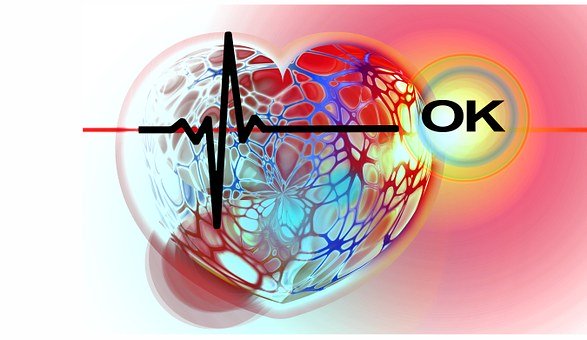Facts About Heart Valve Disease
The heart beats in an extremely rhythmic and synchronized manner. Each time it beats, it gets filled with blood that is pumped out. With every heartbeat, the valves present in the heart opens and closes, allowing the blood to move freely through the heart chambers and to the rest of the body. However, if one or more valves don’t open or close correctly, complications arise. The body might not get adequate amount of blood or even worse, the blood may seep back into the heart.
Heart valve disease is like any of the various conditions that hinder the proper functioning of one or more valves affecting blood circulation. If left untreated, it reduces the quality of life and can become life-threatening. The four valves in the heart are pulmonary, tricuspid, aortic and mitral.
The majority of heart valve complications involve the mitral and aortic valves. However, the other valves can also be compromised.
There are two major problems that arise when the heart valves are damaged or diseased:
Regurgitation
This issue arises when the valve doesn’t close properly which leads to blood flowing backwards, instead of getting pumped out of the heart.
Stenosis
This problem occurs when the tissue of the valve becomes stiff or thickens. As a result, the blood flow is limited and eventually blocked through the heart and to the entire body.
The symptoms include:
- Palpitations
- Edema
- Weakness
- Quick weight gain
- Shortness of breath
- Chest discomfort
While some people are born with weak valves, a heart valve disease is more likely to happen as people age. However, infection of the valves, untreated rheumatic fever and other heart conditions and diseases can pose a problem to the valves.
Some valve issues are negligible, but need to be monitored closely. While some other conditions require treatment and lifestyle changes. The goal of the treatment could be either to replace or repair the valve and prevent or lessen the symptoms.
Medications could be prescribed to relieve symptoms and cure the underlying condition. And these might include one or more of the following:
Diuretics
To remove extra fluid from the body
Vasodilators, ACE Inhibitors
To control blood pressure, dilate and relax the blood vessels to support good blood flow
Anti-Arrhythmic Medications
To help control the heart’s rhythm
Blood-Thinners
To reduce the risk of clots
Beta Blockers
To treat high blood pressure and slow down the heartbeat
In some cases, surgery may be the only option to repair and replace the faulty valve. However, heart valve repair fixes the problematic valve, without using artificial parts that contribute to reduce risk of infection, preserved heart muscle strength and reduced need for blood thinning medication. Heart valve replacement involves replacing the old valve and placing a new one in its place, which is effective when the repair can no longer serve the purpose.
